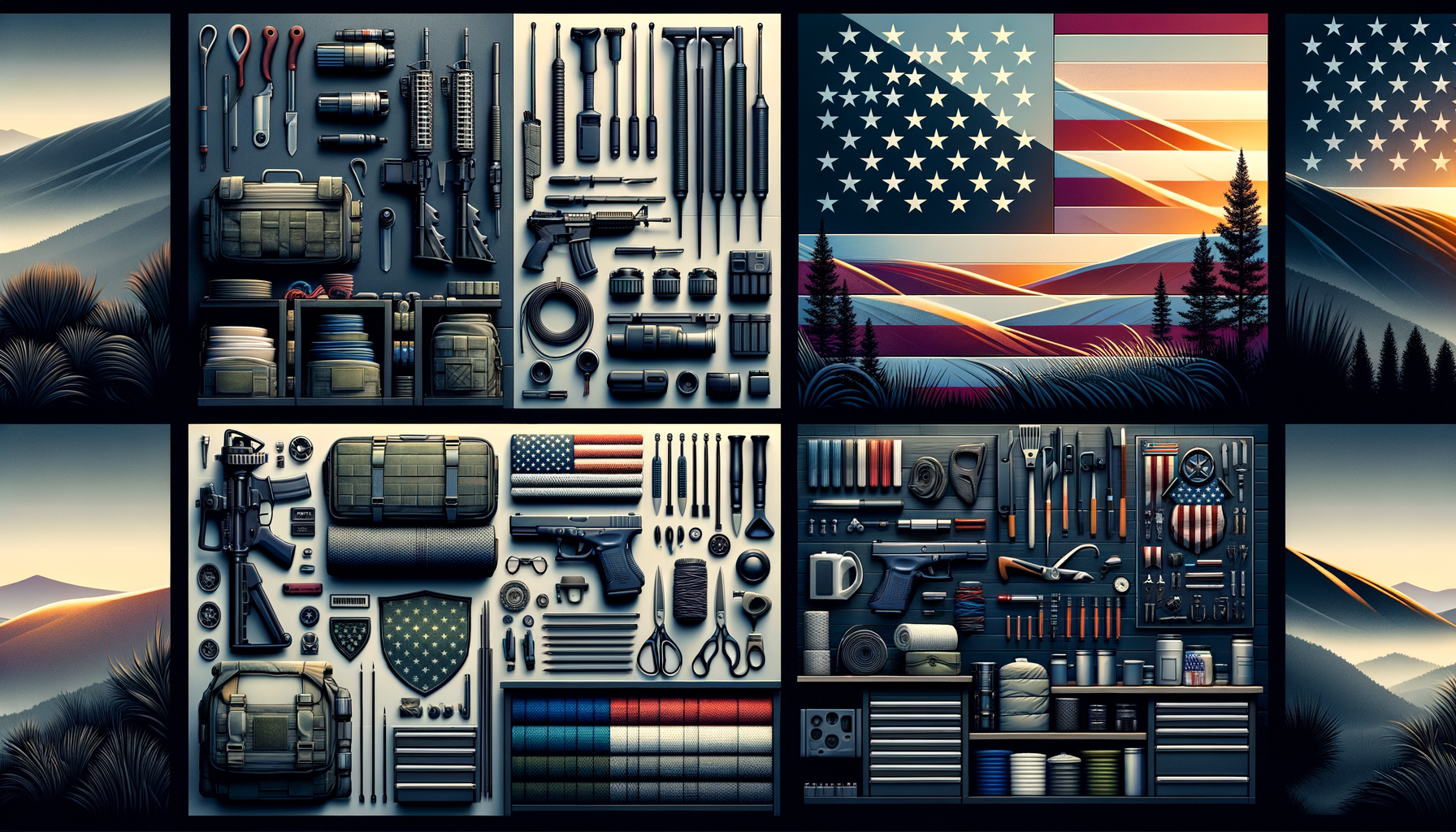What Guns Are Not Protected by the 2nd Amendment?

The Second Amendment to the U.S. Constitution is a cornerstone of American discussions about firearms ownership and rights. However, while the right to bear arms is protected, it is not without limitations. Specific types of firearms and weaponry fall outside the scope of constitutional protection. Understanding these exceptions is essential for gun owners, enthusiasts, and anyone interested in firearm regulations.
What Does the 2nd Amendment Protect?
The Second Amendment states: “A well regulated Militia, being necessary to the security of a free State, the right of the people to keep and bear Arms, shall not be infringed.” This has been interpreted to affirm the individual’s right to own and carry firearms. However, courts and lawmakers have clarified that the right is not unlimited.
Broadly, the protection encompasses firearms commonly used for lawful purposes, such as self-defense or hunting. This includes handguns, shotguns, and rifles. But not every weapon fits within this framework.
Guns and Weapons Not Protected by the 2nd Amendment
Several types of firearms and weaponry are explicitly excluded from the Second Amendment’s protection. These exclusions stem from Supreme Court rulings and federal laws designed to balance individual rights with public safety. Below are examples:
- Fully Automatic Firearms: Machine guns, which fire continuously with a single trigger pull, are not protected. The National Firearms Act (NFA) of 1934 heavily regulates these weapons and prohibits their widespread ownership.
- Short-Barreled Rifles and Shotguns: Firearms with barrels shorter than the lengths specified under the NFA are restricted due to their potential for concealment and perceived danger.
- Destructive Devices: Weapons like grenades, rockets, and explosives fall into this category. Their destructive power places them far outside the scope of civilian use and 2nd Amendment protection.
- Undetectable Firearms: The Undetectable Firearms Act makes it illegal to produce or possess weapons not detectable by standard security equipment, like plastic guns made entirely with 3D printing. These are also excluded from constitutional coverage.
- Modified Firearms: Weapons altered to increase lethality or concealment may also lose protection. For instance, converting a semi-automatic firearm into a fully automatic one is illegal.
Supreme Court Rulings and Exceptions
The courts have played a central role in defining what is and isn’t protected under the Second Amendment. One landmark case, District of Columbia v. Heller (2008), firmly established an individual’s right to own firearms for lawful purposes. However, the ruling also acknowledged that this right is not unlimited. Other key rulings, such as United States v. Miller (1939), reinforced the idea that certain “dangerous and unusual” weapons could be regulated or banned without violating the Constitution.
How Federal Laws Shape These Restrictions
Several federal laws further define and regulate firearms outside the 2nd Amendment’s protections:
- National Firearms Act (NFA): Enacted in 1934, it regulates machine guns, short-barreled rifles, and destructive devices. Legal ownership of these requires special permits and registration.
- Gun Control Act (GCA) of 1968: This law expanded restrictions to include importation, sale, and possession of firearms deemed “unusual.”
- Firearm Owners Protection Act (FOPA) of 1986: Among other provisions, it banned civilian ownership of new machine guns manufactured after May 19, 1986.
Are State Laws More Restrictive?
In addition to federal laws, many states impose stricter regulations. For example, California prohibits so-called “assault weapons” and firearms with specific features, such as high-capacity magazines. New York has similar restrictions under its SAFE Act.
These laws can vary widely. What is legal in Texas, for instance, may be highly restricted or outright banned in Massachusetts. Gun owners should familiarize themselves with local regulations to ensure compliance.
Practical Example: Impact on Everyday Firearm Owners
Consider a firearms enthusiast interested in owning a short-barreled shotgun for home defense. Federal regulations under the NFA require them to apply for a tax stamp, undergo a background check, and register the weapon. Without meeting these criteria, owning such a firearm could result in severe penalties, as it falls outside 2nd Amendment protections without proper authorization.
Similarly, a civilian thinking about constructing a firearm using a 3D printer would need to evaluate whether the finished product is detectable and legally permissible. Even if the weapon operates like a traditional firearm, its design could render it unlawful.
How These Exceptions Ensure Public Safety
The restrictions on specific firearms aim to protect public safety. Fully automatic firearms and destructive devices are primarily designed for military use, making their introduction into civilian hands a significant risk. By limiting access, lawmakers seek to reduce potential harm while allowing individuals to exercise conventional firearm rights responsibly.
Empowering Responsible Ownership
Understanding what guns and weapons are not protected by the 2nd Amendment is essential for responsible firearm ownership. Remaining informed about legal classifications and adhering to federal and state laws ensures safe, lawful use. Resources like 2AGun.com can help gun owners stay updated on their rights and responsibilities while exploring topics such as safety tips, product reviews, and legislation updates.
Final Thoughts
The Second Amendment provides a foundational right, but it is not a blanket allowance for all types of weapons. Exclusions, such as fully automatic firearms and certain destructive devices, reflect efforts to balance constitutional freedoms with public safety. For gun owners, staying informed is the key to exercising these rights responsibly, confidently, and lawfully.
For more insights and resources on firearms ownership, safety, and laws, explore 2AGun.com and empower yourself with knowledge.



